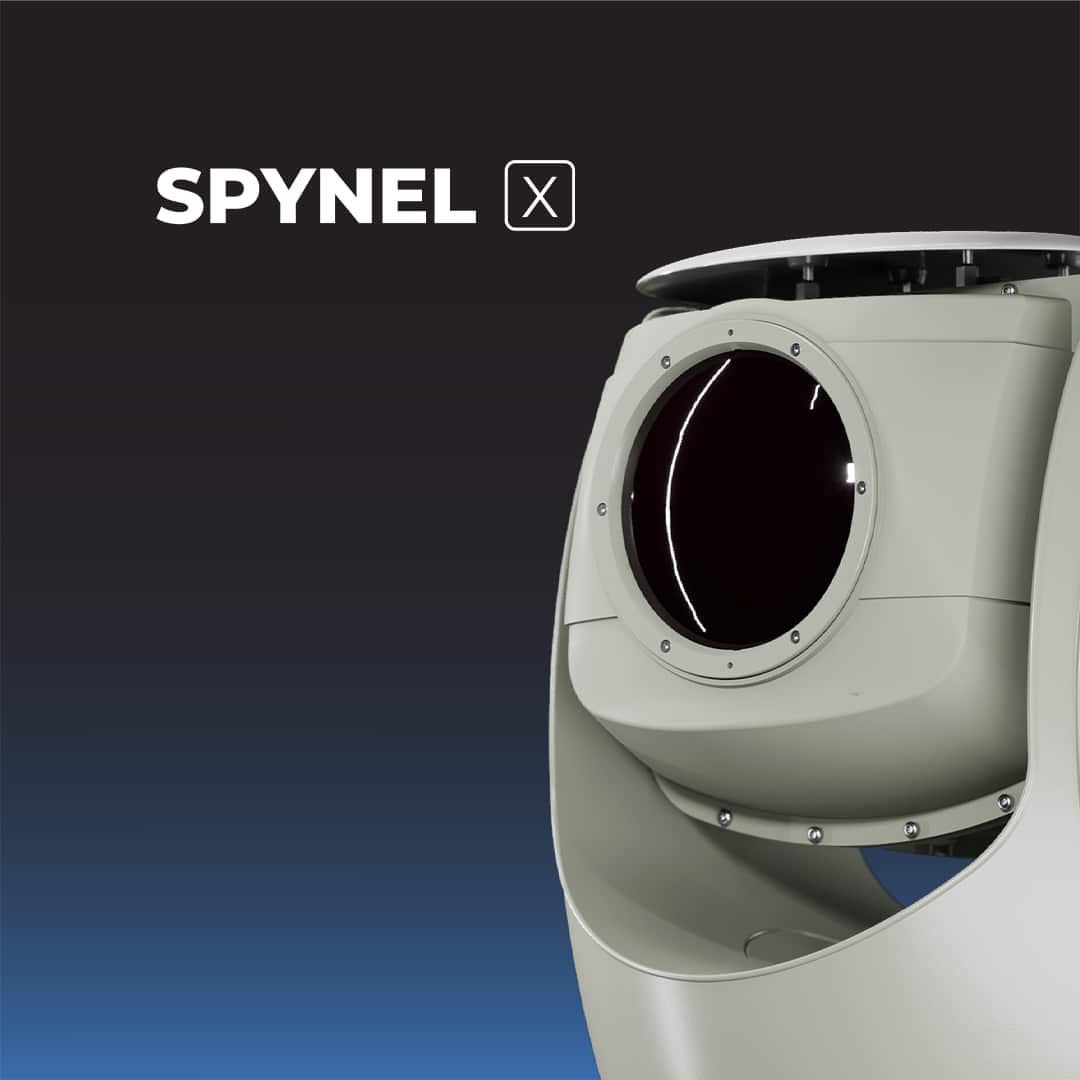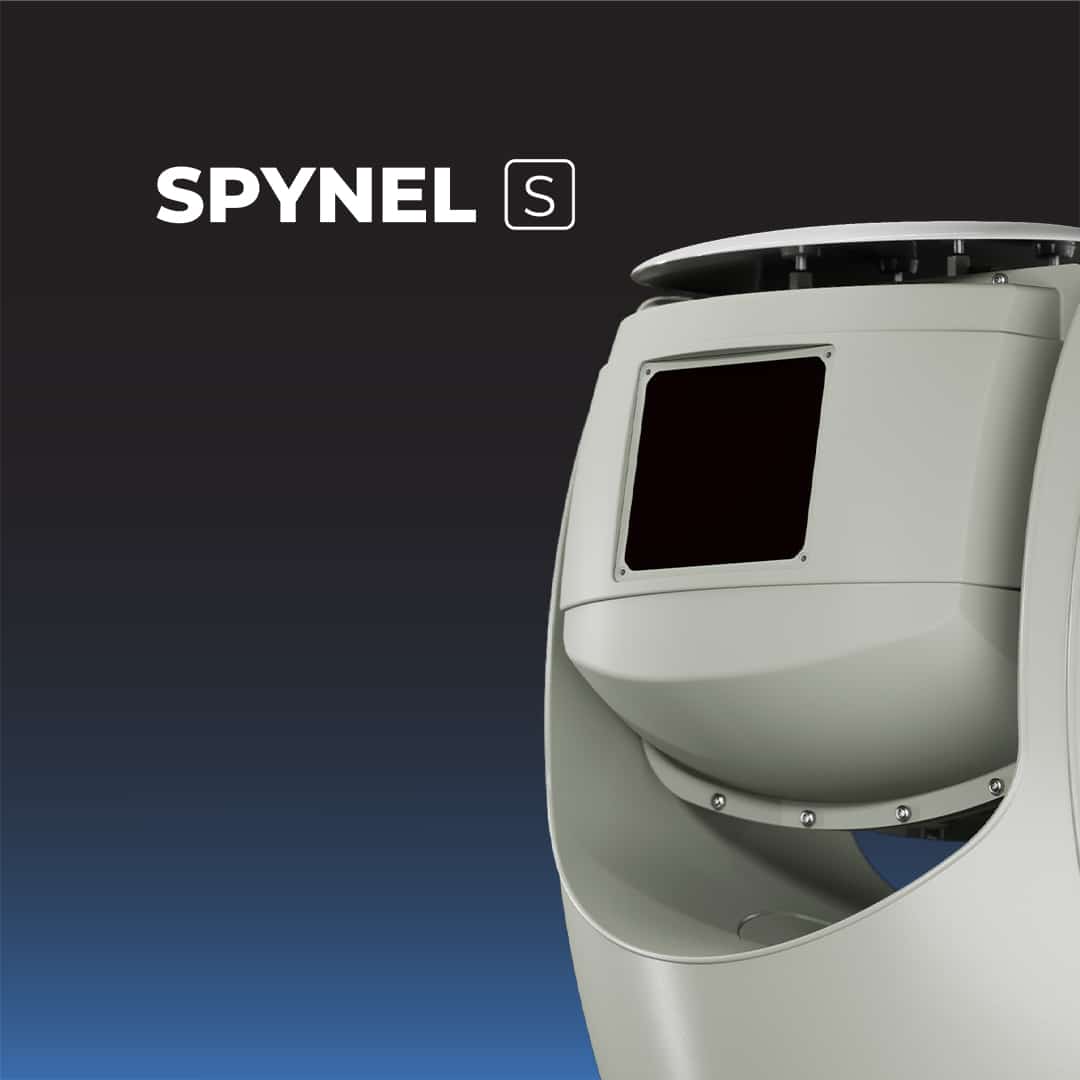Unparalleled Optronics Wide Area Surveillance Solution for 24/7 Situational Awareness
Welcome to HGH dedicated universe for Wide Area Surveillance. With over 40 years of unwavering dedication in the infrared domain, HGH stands tall as a leader in innovative solutions designed for the most demanding defense and security challenges. This specialized business unit seamlessly blends state-of-the-art technology with real-world applications to deliver unparalleled surveillance capabilities.
Technical Expertise
At the heart of HGH Wide Area Surveillance business unit lies an intricate synergy of cutting-edge technology and vast industry experience. It’s advanced surveillance systems are built to perform in the most challenging conditions, offering a combination of high-resolution imagery, expansive coverage, and real-time data processing.
MARKETS
INNOVATION AT HGH
Innovation is not just a buzzword at HGH – it’s a commitment, a journey, and a pledge to clients. Company’s philosophy is rooted in pushing technological boundaries, thinking beyond the conventional, and creating products that define the future of infrared surveillance.
From our humble beginnings to present-day stature, HGH company journey has been characterized by an insatiable thirst for innovation. The passion to innovate is evident in every product launched, every solution provided, and every milestone achieved.
Experience HGH innovation-driven journey here.
ENGAGE WITH HGH
HGH team of experts is ready to assist you in understanding how Wide Area Surveillance solutions can be tailored to your specific needs. Whether you’re planning a new project or seeking to upgrade your existing infrastructure, HGH experts are there to guide you every step of the way.
Technological expertise supported by strong partnerships
HGH has developed a powerful partner ecosystem including major players in security and electro-optics technologies, to stay on the cutting edge of technology. This allows company to guarantee solutions that are compatible with major markets’ standards and capable of dealing with the most recent technological evolutions.
Developing secure and reliable solutions together
In order to offer the greatest ease of use to the end-user, while ensuring optimal and complete performance, CYCLOPE threat detection, tracking and identification software can be easily and fully integrated into many security systems and can be interfaced with the most popular VMS on the market thanks to its ONVIF compatibility.




















